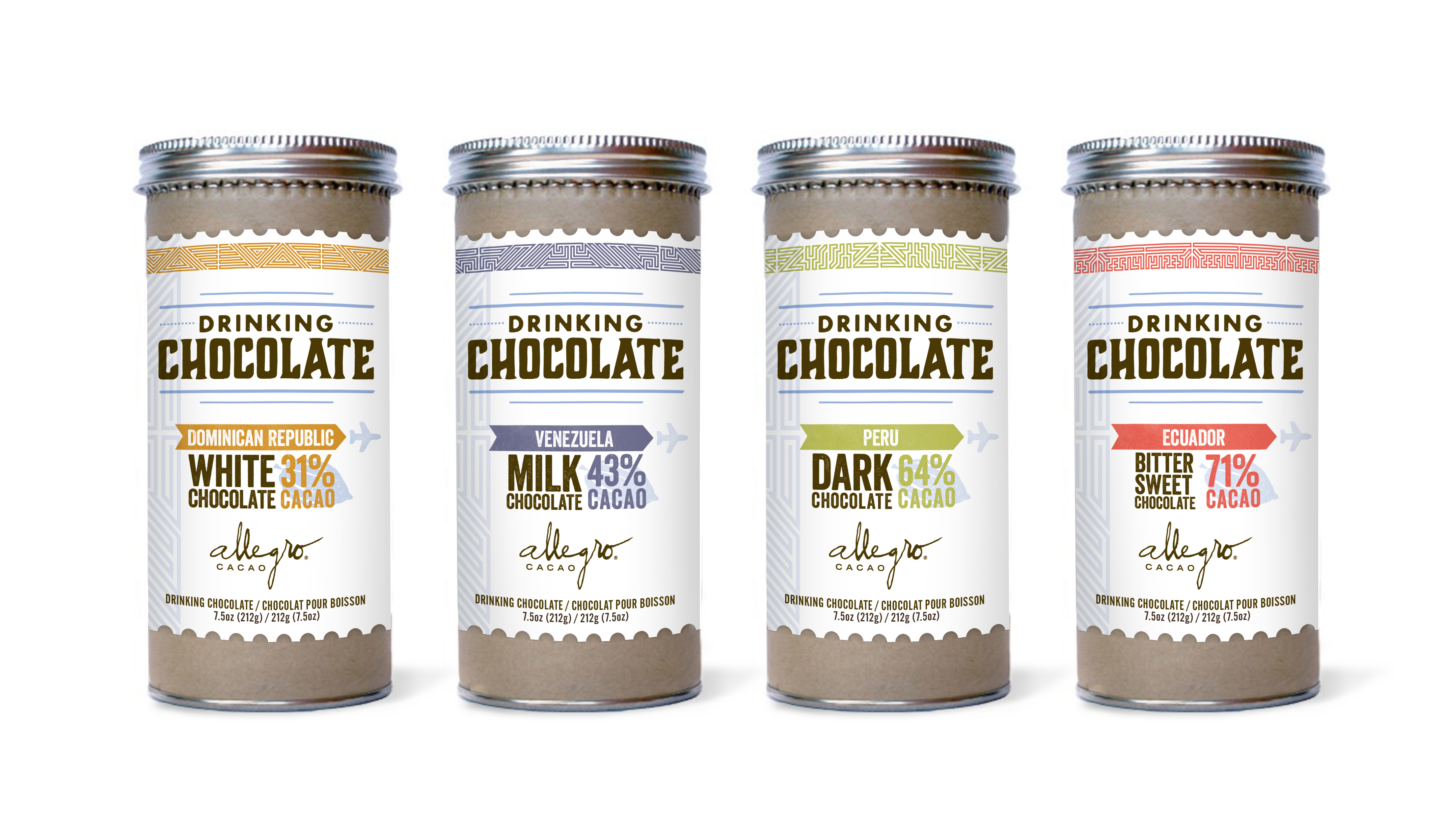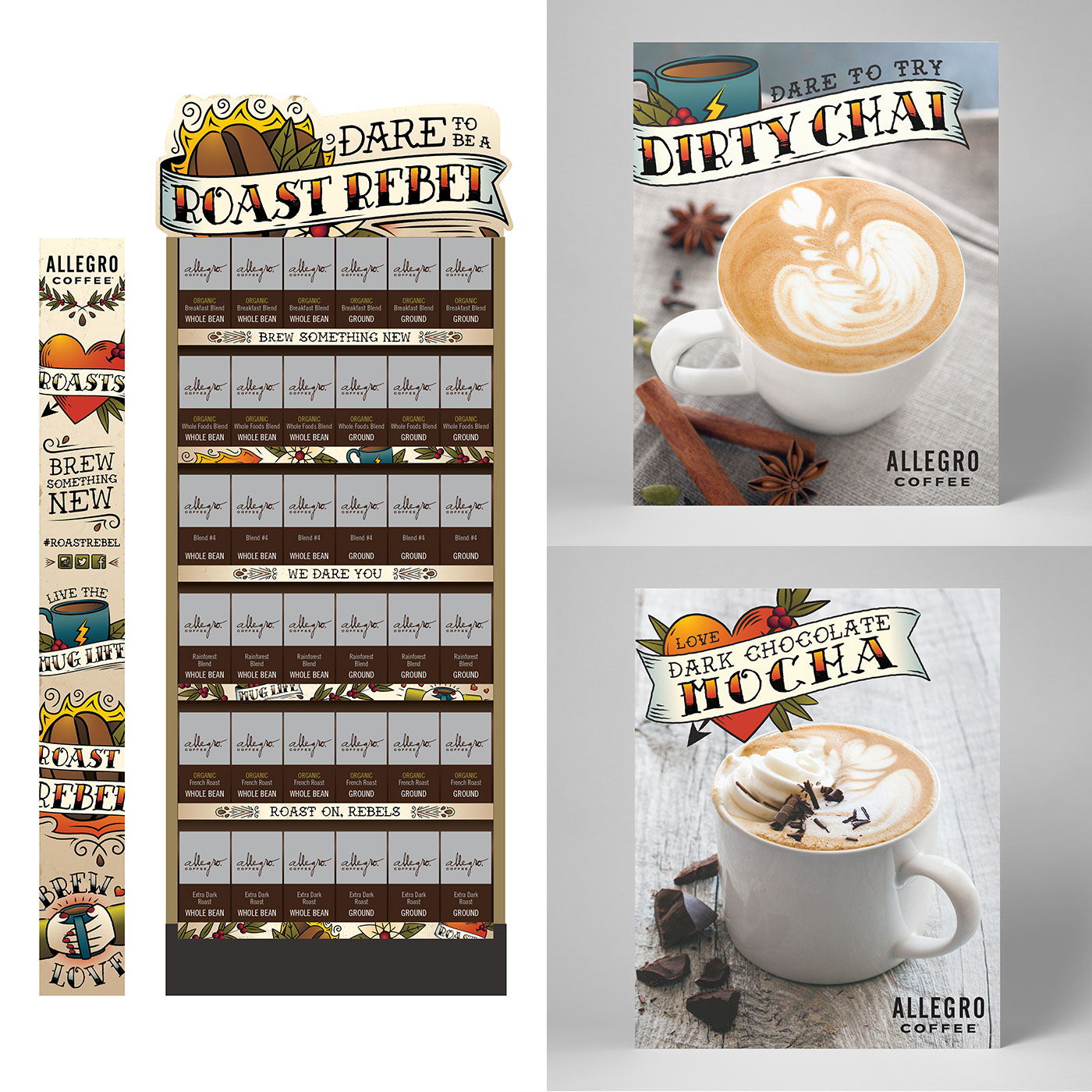Despite what you may have been taught in school, chances are you’re guilty of evaluating a product by its packaging from time to time
The occurrence of ‘judging a book by its cover’ in this sense is second nature in the consumer marketplace. As a result, product packaging that emphasizes a unique value proposition and connects with consumers is essential to successful sales.
In our recent blog on brand repositioning, we discuss the importance of ensuring brand positioning accurately reflects key points of differentiation, business history, vision, and story. An integral part of executing this brand consistency through point-of-sale is ensuring product packaging as an extension of the brand that further engages a target audience. Brands bringing a product to the marketplace for the first time as well as established brands that are growing and evolving need to place careful consideration into product packaging and revisit packaging design when needed. We’ve included a few scenarios in which you may need to take a closer look at product packaging below.
1. Expanding Into New Segments
As a brand adds new products to its line, product packaging may need to be revisited to account for this wider offering. An important part of approaching this new packaging is maintaining consistency by leveraging existing brand equity in the reimagined design.
Allegro Coffee, originally offering solely hand-crafted premium coffee, expanded its product line to include drinking chocolate. As a result, Allegro was in need of packaging unique to this beverage segment while still reflective of the Allegro brand. D+i developed individual brand architecture for an original drinking chocolate package which utilized the original root of the Allegro story and visual expression as a connective thread in the treatment of each chocolate variety. The distinctive packaging created buzz within the segment and appealed to a new market of beverage drinkers while remaining true to the Allegro identity. This successfully evolved the brand story to encompass this new product line without watering down core elements of the brand persona or expression.

2. Focusing Your Audience
Before a new product can enter the marketplace, a target audience must be identified. The persona of this target audience dictates the expression of the brand, from the voice and tone of the messaging to the visual expression on the product packaging. The consumer experience on-shelf must quickly capture target audience attention in a relevant and meaningful way. This can make the difference in a successful or failed product launch.
We partnered with BrandJuice and The Clorox Company to create an identity for a heavy duty cleaning product that appealed to a primarily male audience. The cleaning product market largely appeals to a female audience, so creating a verbal and visual definition that shifted this perception proved an interesting task. D+i focused on the functional appeal of the product, emphasizing its strength and effectiveness utilizing striking colors, bold messaging and a custom container reminiscent of a power tool aesthetic. The identity, comprised of a gloved fist, expressed a product that when brought to market not only resonated with a male audience, but was also a hit with the female client base due to its perceptions of strength and power.

3. Planning For Future Growth
When bringing a new product to market, it can be challenging to appeal to a variety of buyer personas while maintaining the core identity of the brand. Conversely, if packaging is inaccessible to a larger audience there may be limitations to the growth potential of a product. When introducing a new product to the marketplace it is imperative to consider the future trajectory of the product as it relates to consumer base.
Long Haul came to us with the idea for a new automotive cleaning product that had mass market appeal. They hoped to establish a presence amongst commercial truck drivers to build a brand equity and reasons to believe which could later be built upon with recreational pick-up drivers. This was a comprehensive ground-up project where we created a custom container inspired by an oil barrel with imagery featuring both a commercial and recreational truck. We used succinct, powerful messaging that would resonate with commercial and recreational drivers alike with a passion for the open road.

4. Seasonal Experiences
Many brands drive sales seasonally through temporary changes to product packaging. For Allegro Coffee, this meant maintaining the core brand attributes while putting a fun spin on the visual brand expression to engage with consumers in a new and exciting way. The seasonal campaigns extend past product packaging to banners, floor graphics, and even social media hashtags. Our latest seasonal campaign for Allegro encouraged consumers to take a risk by trying a new roast. We captured a rebellious spirit through cheeky temporary tattoos and in-store graphics. The seasonal promotions drive consumer engagement and help spread the wings of the established brand in a unique and creative way.
Revisiting product packaging can be a powerful tool to reestablish brand presence, expand your brand reach, or shake things up in an overcrowded marketplace. Successful product packaging communicates in a way that creates distinction and engages your audience in a lasting and effective manner.
